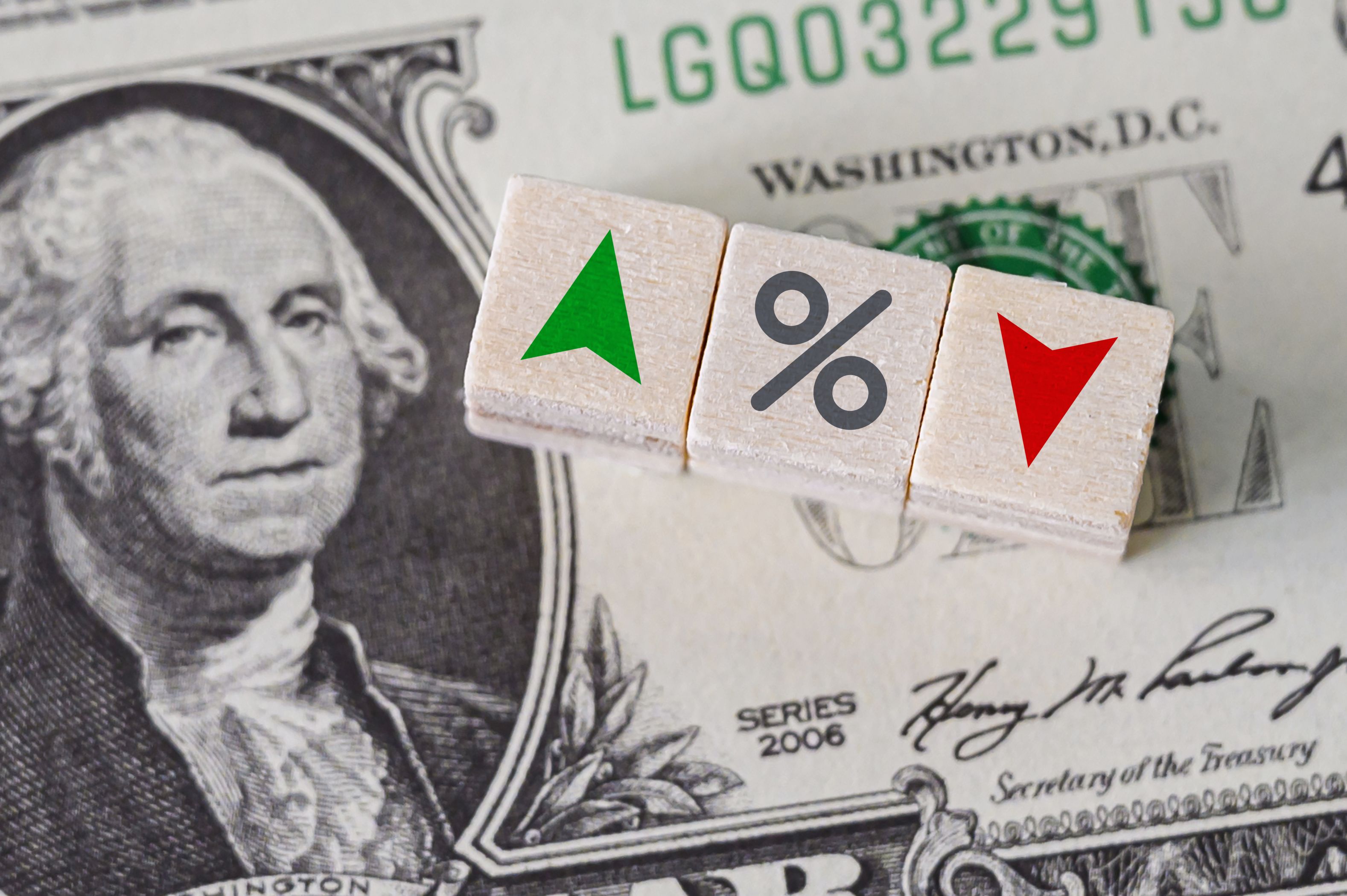
The year 2016 will see a maturing cycle with rising risks and an increasingly complex investment climate, but investors should look beyond this broad brush picture to avoid missing some of the key trends that look set to define the year, the annual Fidelity International Analyst Survey of around 200 equity and fixed income analysts reveals.
The survey, providing insights into the expectations of company management teams across the globe, is the culmination of 17,000 one-on-one meetings held each year between Fidelity’s analyst team and corporate decision-makers. A temperature check on the corporate sector, the survey reveals that Fidelity’s analysts are seeing increased weakness in company fundamentals and are generally less optimistic or more pessimistic than last year. The supply-side adjustment in the energy, materials and some industrial sectors is clearly weighing on their predictions, but the survey also identifies pockets of strength in other sectors, underpinned by three key trends:
The first trend is the developed market consumer as a driver of growth. The consumer is expected to be the incremental driver of growth this year, supporting ongoing innovation that is changing the face of technology and healthcare in particular. As a result, the consumer sectors averaged a score of 5.6 on Fidelity’s sentiment indicator, more than 10% above the all-sector average.
As consumers’ purchasing power benefits from low energy prices, low inflation overall, supportive housing markets, wage growth and recovering labour markets, the survey finds that management confidence in both consumer staples and discretionary goods has turned neutral from negative. Returns in consumer staples are likely to rise on pricing power and demand growth, and discretionary analysts suggest that CEOs regard demand growth as the main source of earnings growth.
In addition, strong balance sheets and falling leverage mean consumer companies do not need to raise much capital.
Henk-Jan Rikkerink, Global Head of Equity Research at Fidelity International, comments: “Our most important new theme this year is the relative robustness of the consumer sectors compared to many others. As large swathes of the economy – energy, materials, industrials and utilities – are buffeted by low commodity prices and a global decline in capital expenditure, it may take years of capital scarcity to restore the capital and cost discipline necessary to bring equilibrium to supply and demand. While this is going on, it is crucial that the service side of the economy holds up if a global recession is to be avoided later in the year. Our survey’s findings offer encouragement in this area.”
The second trend is innovation. For some time, Fidelity’s research has flagged the importance of innovation in a low nominal growth environment. When growth is increasingly scarce, companies or markets that are genuinely innovative attract a premium. The 2016 Analyst Survey bears this out very clearly. The impact of innovation is seen across almost all sectors and markets, but particularly so in healthcare and IT, shaping market opportunities and revenue streams.
Rikkerink comments: “The sector that scores highest on the direct impact from disruptive technologies is IT. New technologies are disrupting the landscape faster than ever, reshaping revenue pools across a number of industries and creating a host of opportunities. This is not only for those developing such technologies, but also for those who supply required infrastructure around them. However, while new technologies drive innovation, they also bring a fair amount of disruption in their wake; so thorough research into trends, leaders and laggards is vital.”
The third trend is changing financials. The survey’s findings also reflect the fact that financials are changing under the influence of belt tightening and regulatory nudging, resulting in stronger balance sheets and lower leverage. These signs of fundamental improvement have been somewhat at odds with gloomy investor sentiment given that bank stocks underperformed even energy stocks globally in the latter half of 2015 and early 2016 – despite the decline in the oil price over this period. However, while the changes have been positive, risks remain.
Rikkerink adds: “Financials still face some important risks, including a softer growth and inflation outlook, various forms of exposure to the energy sector, and lower bond market liquidity. Any weakness in financials can also lead to further softness in the real economy due to transmission mechanisms that can make market concerns self-fulfilling. Not surprisingly, regulation is expected to remain a significant factor yet, given the fact it encourages firms to increase their capital buffers, it should support sustainable returns in the medium term.”
Looking at the regional trends, Japan once again stands out as best in class in this year’s survey with a positive sentiment score of 6.3. While lower than last year’s score of 7.1, the score is impressive given rising caution elsewhere. The effectiveness of Abenomics’ third arrow of structural reform saw criticism in late 2015 when falling GDP meant another dip into recession, but the analysts remain optimistic that corporate reform will have a positive impact on the economy.
Fidelity’s analysts are a little more cautious in their views on Europe and the US, where they predict that company fundamentals will remain comparable to last year’s conditions. This is an important finding, indicating that the economic cycle in both regions is maturing, but not yet coming to an end.
The situation across emerging markets, on the other hand, is more worrisome, requiring investors to tread carefully. The economies that are hardest hit are those reliant on commodities, clustering in the Middle East, Africa and Latin America. Last year’s findings flagged this, pointing to deteriorating company fundamentals in this region, yet there are few indications so far that this trend could be bottoming out. The overall sentiment indicator score of 2.7 shows that the vast majority of our analysts expect things to get worse.
China, too, saw its sentiment indicator score slide but the drop is much smaller, to 4.1 from 4.4 last year. On one hand, China's domestic corporate climate is deteriorating, with 71% of analysts reporting less management confidence to invest in their business this year. But the survey also shows globally 36% of analysts predict China’s slowdown will have no impact or be somewhat positive on companies’ strategic investment plans. The survey also reveals more European analysts (48%) predict no impact from China’s slowdown on the stocks they cover.
Rikkerink concludes: “This is not out of line with market expectations for a continued slowdown in growth in China, as the investment-export growth axis slowly gives way to consumer-driven growth, forcing large-scale adjustment in the manufacturing part of the economy. Expected returns in the industrial sector are under pressure but higher up the value chain, China is fast becoming more competitive. As low-value-add businesses move away, China is acquiring the tools required to compete throughout the entire production chain, including up-market technologies and high-level skills.”









